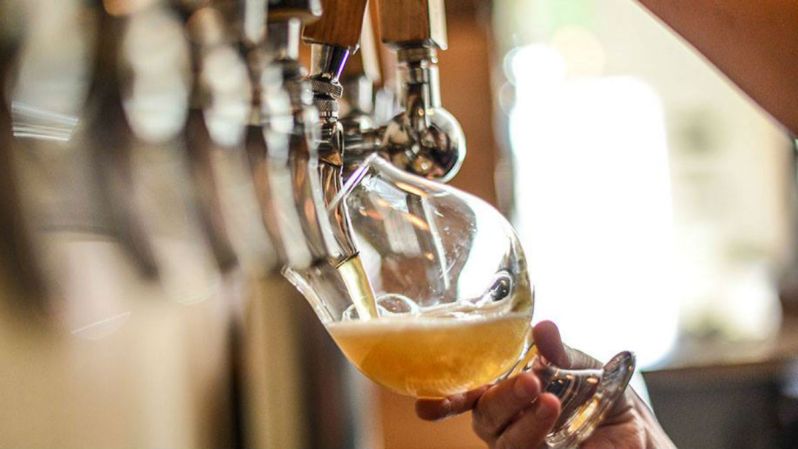When evaluating a beer, there’s more to consider than just the flavor. Obviously, the beer should taste good — but that’s a purely subjective qualification. The beer’s flavor, whether an individual preference would deem it tasty or trashy, should follow certain rules applied to its particular classification. That’s where style guides come into play, as reference points for evaluating beer in a non-partisan manner.
The Brewers Association is a non-profit organization promoting independent craft brewers. They maintain the official beer style guidelines used by beer judges in competitions. These guidelines are also used by professional and amateur brewers to influence recipe creation. As the landscape of brewing changes and evolves, the style guides must evolve too. Sometimes beer descriptions are modified to reflect current trends, and the guides can also bring brand new styles into the pantheon.
For 2018, the Brewers Association has added several new categories to the official beer style guidelines. All of these are directly influenced by the creativity and diversity in the current craft beer market.
The first is the Juicy or Hazy Ales category, which is then subdivided into Pale Ale, IPA, and Double IPA styles. Sometimes dubbed New England IPAs or West Coast Hazy IPAs, these new definitions make room for this booming style with official classifications.
Contemporary American-Style Pilsner is also on the docket. With this addition, craft brewers are free from the alcohol by volume and hop aroma regulations in the previous, broader specification checklist.
Pale Ales from Down Under have been separated from one to two categories: Classic Australian-Style Pale Ale and Australian-Style Pale Ale. Due to the increased diversity in the Australian beer scene, having two styles keeps the darker, less aromatic traditional recipes intact with Classic and allows brewers the creativity to continue evolving the genre with paler, hoppier and more flavorful variations in the base style.
Finally, Gose and Contemporary Gose were given some technical adjustments to better separate the historic base beer from the diversity created by modern brewing techniques.
Of all of these changes, the Juicy or Hazy Ales trio of additions stand to have the biggest impact on the marketplace, as well as related controversies. To define why they received three separate specs, Charlie Papazian, chief of the Brewers Association Beer Style Guidelines, said, “What we discovered and verified was that there was a wide range of alcohol content for what was being perceived in the public as just one style.” He went on to say that the other judging components of appearance, aroma, bitterness, hop character, mouthfeel, and overall balance also backed up the decision.
The new guidelines are available for download and reference now at Brewers Association website.



